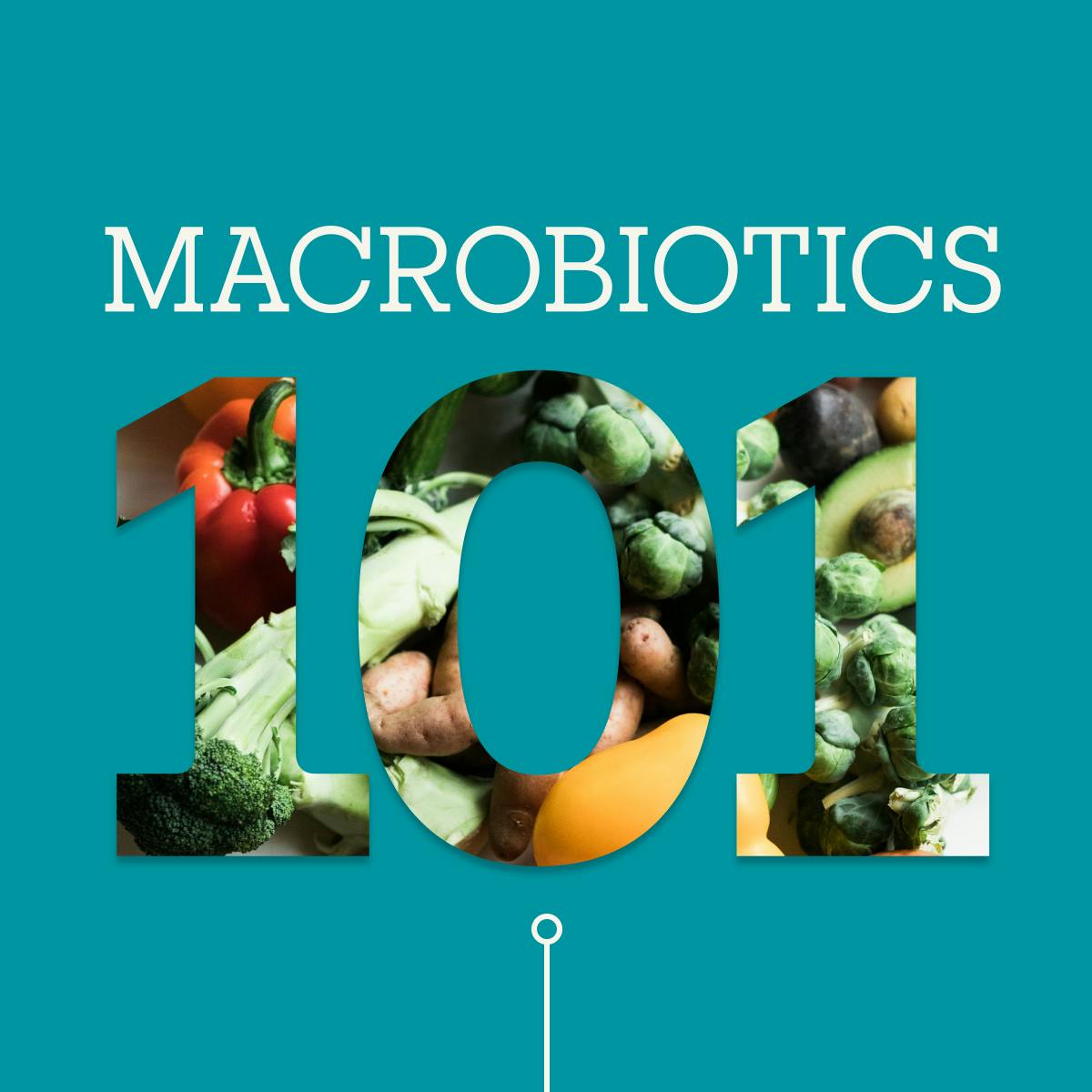
Macrobiotics 101
By Danielle McAvoy, MSPH, RD
March 18, 2022
Though it’s been called a fad, the macrobiotic diet has been actually been trending since the 4th century, when Hippocrates, the father of western medicine wrote about the impact that fresh, seasonal food and regular exercise had on the health of his patients.
The modern macrobiotics movement took hold in the 1920s when Japanese philosopher George Ohsawa attributed his recovery from a serious illness to a philosophy of harmony with nature. He defined macrobiotics as a set of practices that guided choices in nutrition, exercise, and lifestyle to promote physical, emotional, mental, social, and environmental health.
In the 1970s, macrobiotics had a surge of popularity. Back then it was often referred to as the brown rice diet and many of the ideas were considered radical. By today's standards, many principles of macrobiotics, like eating a plant-based diet, getting regular exercise, and using alternatives to plastic are considered mainstream.
Balance and harmony with nature are the core beliefs of macrobiotics and followers are encouraged to do more than just eat a mostly plant-based diet. Wearing natural fabrics, spending time in nature, movement, and creative work like painting, poetry, and photography are all important parts of the macrobiotic lifestyle.
In terms of what to eat, a strict macrobiotic diet recommends that 40 to 60% of your daily intake consist of low-glycemic whole grains such as brown rice, quinoa, and buckwheat; 20 to 30% fruits, and vegetables; and 10-20% legumes and sea vegetables, like kelp and seaweed. Small amounts of seafood, nuts, and seeds are also allowed. Meat, poultry, eggs, dairy, refined sugar, processed foods, spicy foods, alcohol, and caffeine all sit on the foods to avoid list. When storing food, followers are encouraged to use containers made of natural materials like wood or glass.
Research backs up the idea that the macrobiotic diet can help prevent many chronic illnesses. Because it’s high in plant nutrients and fiber, and low in saturated fats, the macrobiotic diet has been linked to a lower risk of disease and a longer, healthier life. Fiber also helps reduce cholesterol and blood pressure, regulates blood sugar levels, and feeds healthy gut bacteria. The macrobiotic diet can also support maintaining a healthy weight by eliminating processed and sugary foods. Other reported benefits of macrobiotics include more energy, better quality sleep, and improved memory and concentration. Some people believe that the macrobiotic diet can treat and cure illness though that has not been shown in scientific studies.
Despite its benefits, the macrobiotic diet is not recommended for everyone. Eliminating most animal products and dairy can make it hard to get enough Vitamin B12, calcium, and Vitamin D. Because the bulk of the diet is whole grains, it’s very high in carbohydrates and low in protein and healthy fats.
Ultimately, macrobiotics is about finding balance and living in harmony for optimal health. You don’t need to strictly follow every principle to enjoy its many benefits. The evidence is strong that simply eating more plants, exercising regularly, and expressing gratitude can boost both your physical and mental health.
Are You Macro-Curious? Try Macrobiotic Meals from Territory Partner M Cafe
Our menus vary by zip code. We pride ourselves on working with chefs across the country for a variety of flavors, delivering within a regional radius for freshness, and changing our menu frequently so Territory customers never get bored. If you see a Territory meal you'd like to try, but don't find it on your weekly menu, email us at [email protected]m so we can share your wishlist with our culinary team. We appreciate your feedback.